Industrial plunger gear pumps are essential components in many high-pressure applications. These pumps are designed to provide consistent, reliable, and high-efficiency performance, especially in environments where high pressure and precision are required. Their robust design allows them to function under challenging conditions that other pump types might struggle to handle.
1. High Pressure Capability
One of the standout features of industrial plunger gear pumps is their ability to perform effectively under extremely high pressure. This is crucial in industries such as oil and gas, petrochemicals, pharmaceuticals, and hydraulic systems, where pumps must deal with pressures that can exceed 5,000 psi.
Pressure Resistance and Performance Stability
Plunger gear pumps are engineered to handle intense pressure loads, which makes them an ideal choice for high-pressure applications. Their design focuses on durability and resilience, allowing them to function at pressures that would damage less robust pump types.
- Pressure Tolerance: They can tolerate pressure surges and spikes without compromising performance, unlike centrifugal pumps, which may experience cavitation or flow instability at high pressure levels.
- Stability Under Load: The design ensures that the pump remains stable and operates efficiently even in the face of fluctuating pressure conditions.
The ability of plunger gear pumps to manage high pressure without losing operational efficiency means that they can be relied upon in applications where maintaining consistent pressure is critical for the process’s success.
2. Precise Flow Control
Industrial plunger gear pumps are capable of delivering a highly consistent flow rate, which is essential in high-pressure settings. This level of precision is necessary for applications requiring accurate fluid measurement or precise dosing, such as in chemical processes or fuel injection systems.
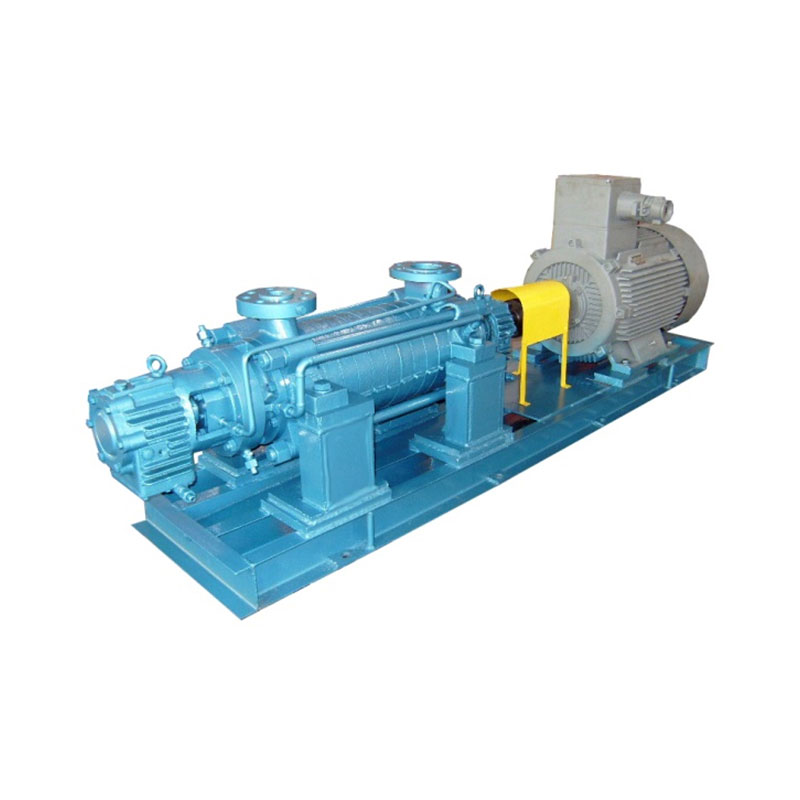
Consistent Flow and Accuracy
The positive displacement nature of plunger gear pumps ensures that the flow rate remains constant regardless of the pressure fluctuations in the system. This is a significant advantage over centrifugal pumps, which tend to lose their flow consistency under high pressure or varying system conditions.
- Metering Applications: In applications where precise metering of fluids is necessary, such as in the pharmaceutical or food industries, plunger gear pumps offer excellent accuracy in fluid delivery.
- Reduced Flow Fluctuations: The pump design minimizes flow pulsation, ensuring a smooth and steady output, even in demanding high-pressure systems.
The accuracy provided by plunger gear pumps in high-pressure applications makes them indispensable in industries requiring reliable and repeatable fluid flow.
3. Durability and Longevity
Industrial plunger gear pumps are known for their durability, especially in high-pressure environments. They are built to withstand extreme conditions, including exposure to harsh chemicals, high temperatures, and abrasive fluids.
Robust Design for Longevity
The materials used in manufacturing plunger gear pumps are chosen for their resistance to wear and corrosion, allowing these pumps to operate for extended periods without the need for frequent repairs or replacements. The design of these pumps, which typically includes hardened steel components and high-quality seals, contributes to their long service life.
- Long-Term Operation: These pumps are ideal for industries where continuous operation is required, such as in hydraulic systems, where failure could lead to costly downtime or safety risks.
- Minimal Wear and Tear: The durability of plunger gear pumps ensures they continue to deliver reliable performance even after many years of high-pressure service.
In high-pressure systems where pump failure can have significant operational and financial consequences, the longevity of plunger gear pumps is a critical advantage.
4. Ability to Handle Viscous Fluids
One of the most challenging aspects of high-pressure pumping is dealing with viscous or thick fluids. Plunger gear pumps excel in this area, as they are capable of efficiently handling viscous fluids without losing performance or causing excessive strain on the pump.
Viscosity Handling and Performance
The design of plunger gear pumps includes features that allow them to work with high-viscosity fluids, such as oils, resins, and slurries. Their positive displacement mechanism ensures that even thick fluids can be pumped with minimal resistance and without compromising the flow rate.
- Handling Thick Liquids: Plunger gear pumps are ideal for industries dealing with heavy oils, greases, or thick emulsions, where other pump types might struggle or fail.
- Efficient Flow with High Viscosity: Unlike centrifugal pumps, which lose efficiency when pumping viscous fluids, plunger gear pumps maintain smooth operation even under high viscosity conditions.
This ability to handle thick fluids makes plunger gear pumps particularly valuable in applications such as oil refineries, chemical processing plants, and food manufacturing facilities.
5. Self-Priming Capability
Self-priming pumps are essential for applications where air or gas may enter the system, making priming challenging. Industrial plunger gear pumps often feature a self-priming design, which allows them to continue functioning effectively even when the suction line contains air.
Advantages of Self-Priming in High-Pressure Applications
The self-priming capability of plunger gear pumps reduces the need for manual intervention during startup, ensuring a smooth and quick transition to full operation. This is especially important in high-pressure systems where delays can lead to operational inefficiencies or system malfunctions.
- Quick Startups: The ability to self-prime means that plunger gear pumps can reach full operational pressure quickly without waiting for the pump to fill with liquid, reducing downtime.
- Prevention of Dry Running: Self-priming pumps help avoid the risk of dry running, which can cause significant damage to the pump components due to lack of lubrication.
By eliminating the need for priming cycles, self-priming plunger gear pumps enhance the overall efficiency of high-pressure systems.
6. Compact Design
Despite their high-pressure capabilities and ability to handle thick fluids, industrial plunger gear pumps are often surprisingly compact. Their smaller footprint allows them to fit into systems where space is limited, without sacrificing performance.
Space Efficiency and Installation Flexibility
The compact design of plunger gear pumps makes them suitable for a wide range of applications, from mobile hydraulic systems to offshore oil rigs, where space is at a premium.
- Ideal for Tight Spaces: Their compact size means they can be installed in smaller equipment or systems, making them versatile for applications with limited space.
- Reduced Weight: The lightweight nature of these pumps reduces the overall weight of the equipment, making them a great option for mobile machinery and equipment.
For high-pressure applications in confined or remote spaces, the space-efficient design of plunger gear pumps is a significant benefit.
Key Features of Industrial Plunger Gear Pumps
| Feature | Benefit |
|---|---|
| High Pressure Capability | Handles pressures up to 5,000 psi and beyond, making it suitable for demanding applications. |
| Precise Flow Control | Provides consistent flow even under varying pressure conditions, essential for accurate metering. |
| Durability and Longevity | Made from durable materials, ensuring long service life in high-pressure environments. |
| Viscous Fluid Handling | Efficiently pumps thick, high-viscosity fluids without performance loss. |
| Self-Priming Capability | Reduces downtime during startup and prevents dry running, ensuring continuous operation. |
| Compact Design | Allows for easy installation in confined spaces, especially in mobile or offshore setups. |
7. Low Pulsation and Noise
Another advantage of industrial plunger gear pumps is their ability to operate with low pulsation and noise. High pulsation can lead to unstable fluid flow, which can disrupt the overall operation of the system, while excessive noise can create uncomfortable working conditions and potentially lead to hearing damage for workers.
Smooth Operation and Reduced Noise
The design of plunger gear pumps ensures smooth, continuous fluid delivery without the common pulsations that occur in other types of pumps, like reciprocating pumps. This leads to a more stable operation and reduces vibrations, improving the overall efficiency and safety of the system.
- Lower Vibration: The smooth action of plunger gear pumps helps reduce mechanical vibrations, which can otherwise cause wear on system components.
- Quieter Operation: The quiet operation is particularly beneficial in environments where noise levels must be controlled, such as in medical facilities, laboratories, or research centers.


 English
English русский
русский عربى
عربى

.jpg)
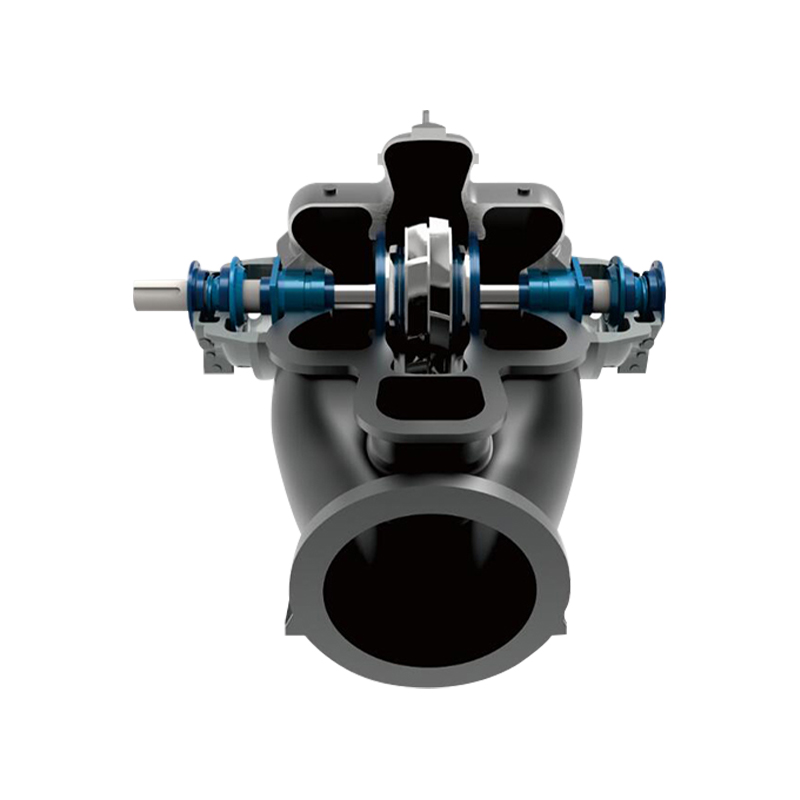
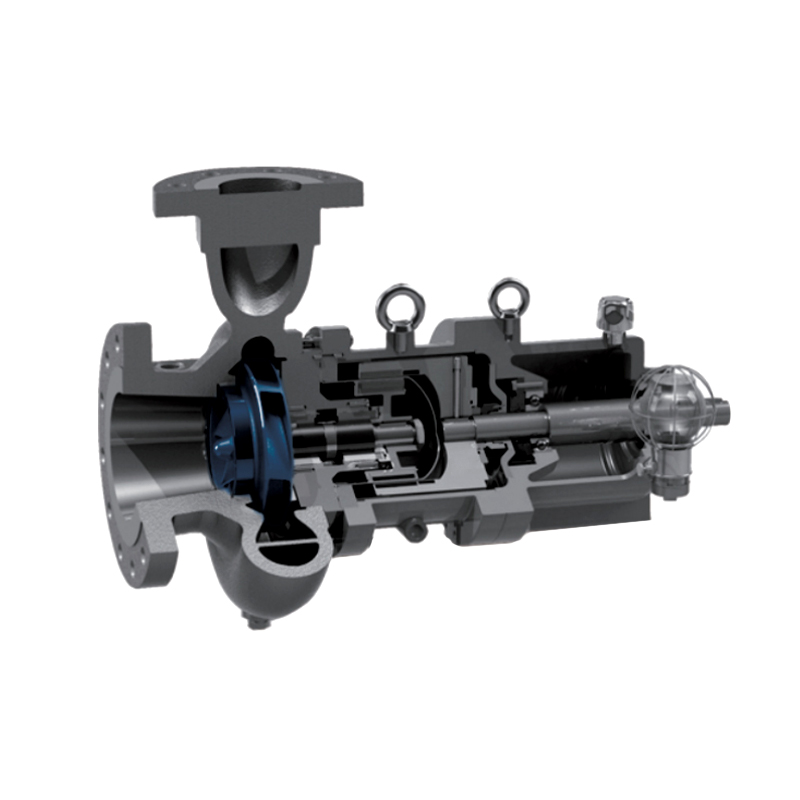
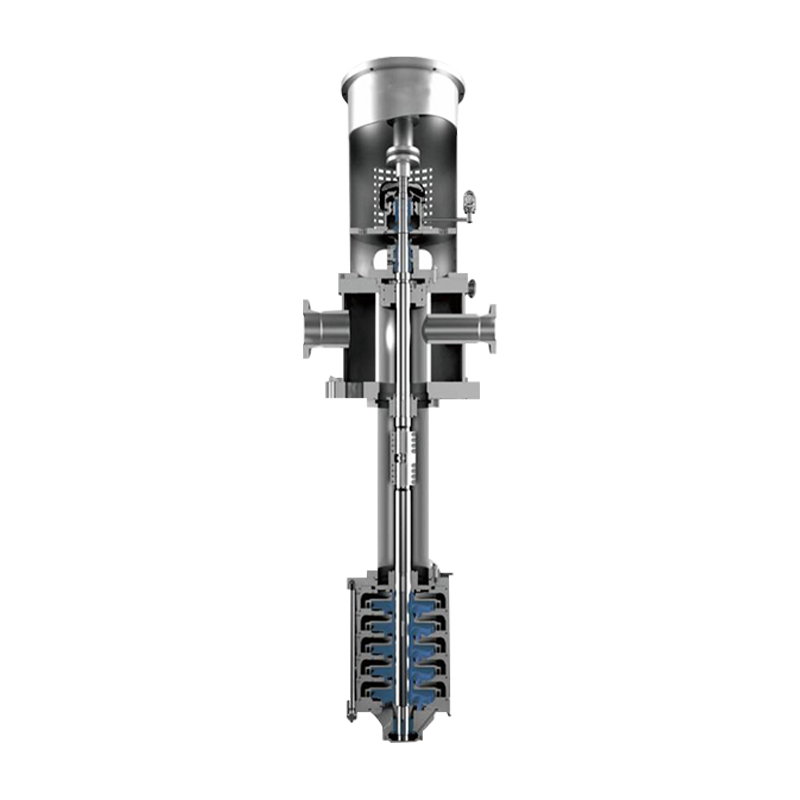
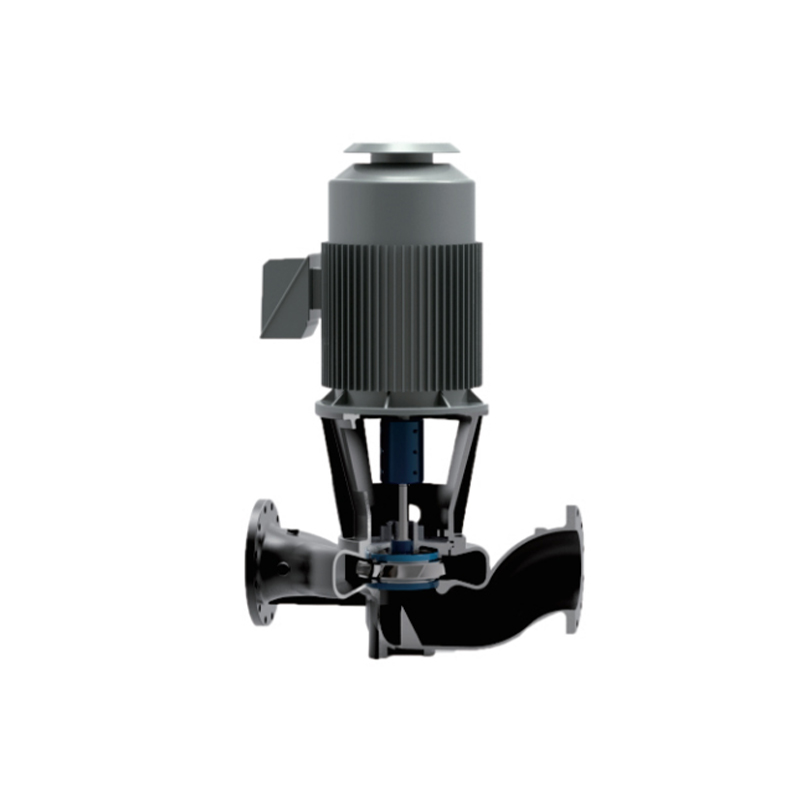

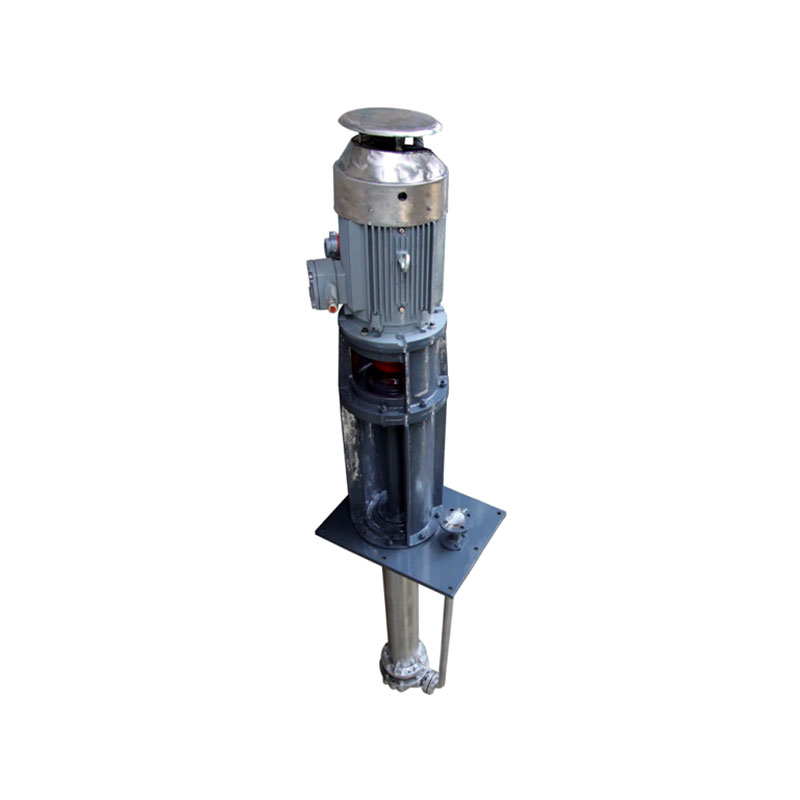
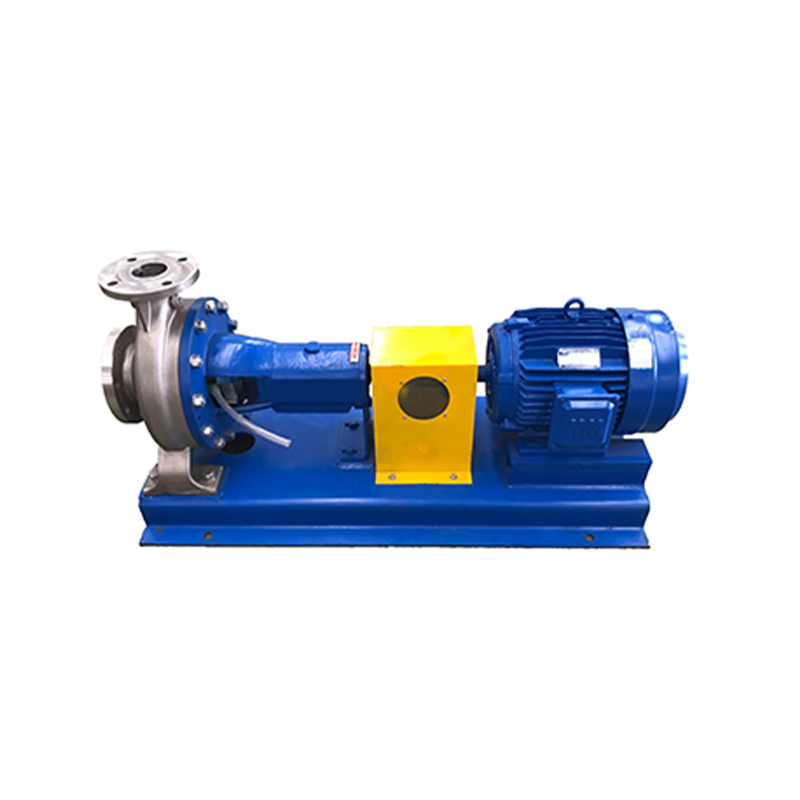

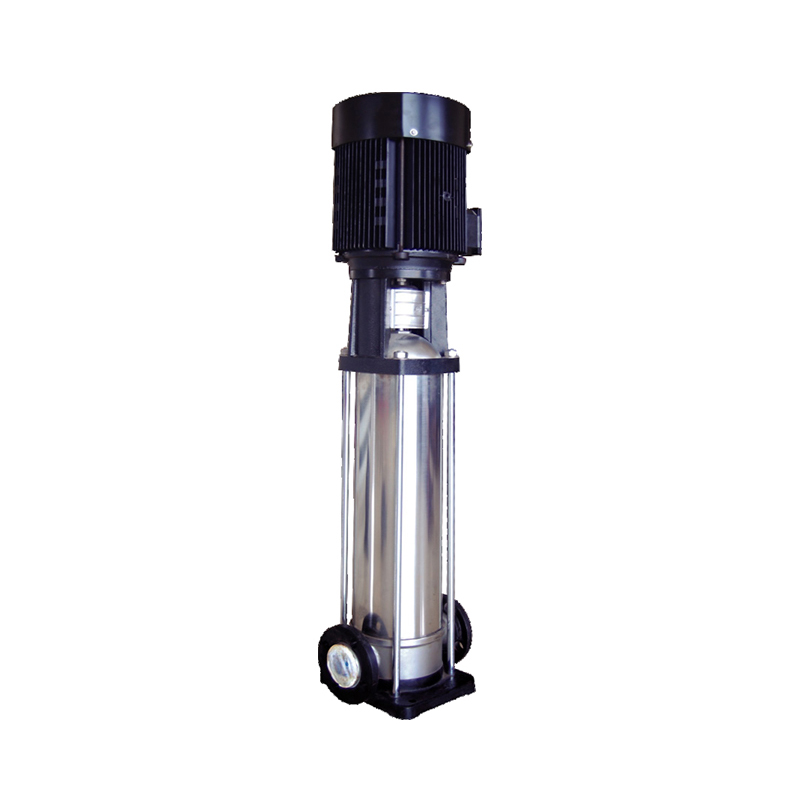






 ENG
ENG

 TOP
TOP